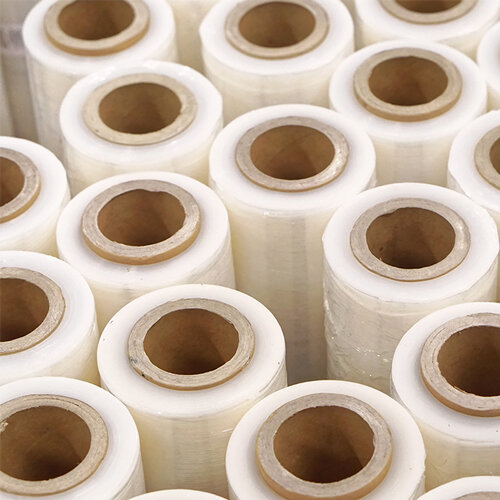Guest blog post by Paul Warnica, AEP
When Stretch film was first introduced in the late 70’s it offered the “lowest cost per load-effectively shipped” over strapping and corrugated. Continually changing, the stretch film industry has seen successive technological advances that have reduced both costs, and the amount of material entering the waste stream. Being aware of these changes will help ensure your organization maintains the “lowest cost per load – effectively shipped”.
Thin Films
Recent improvements in materials and processes have led to the introduction of thinner high performance, and ultra-high performance stretch wrap films – which feel, act and perform – like thicker conventional rolls. Improvements in stretch wrap machinery have allowed customers to take advantage of these films. Properly applied, high performance wraps minimize the overall cost-per-load, by reducing the weight of film needed per pallet. Pre-stretch levels of 250% are becoming the standard with 63g material replacing 80g material – with no loss of containment or abrasion resistance. Depending on the application, even thinner films are routinely being used.
